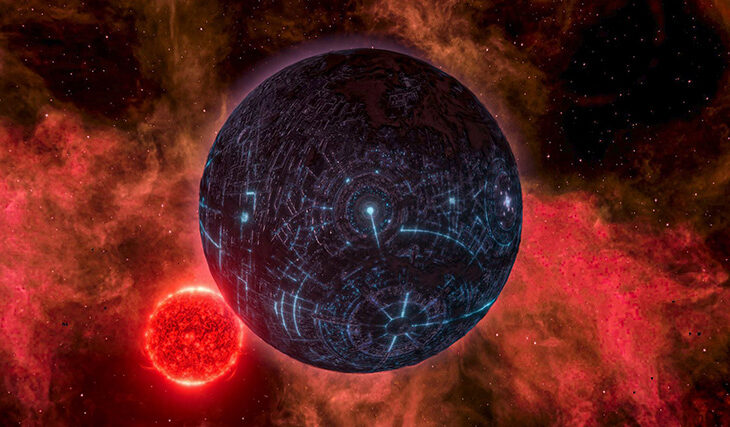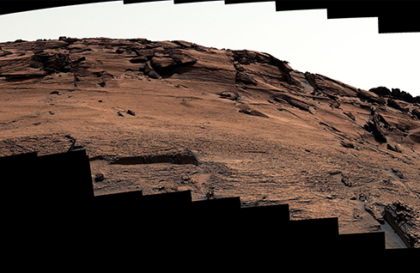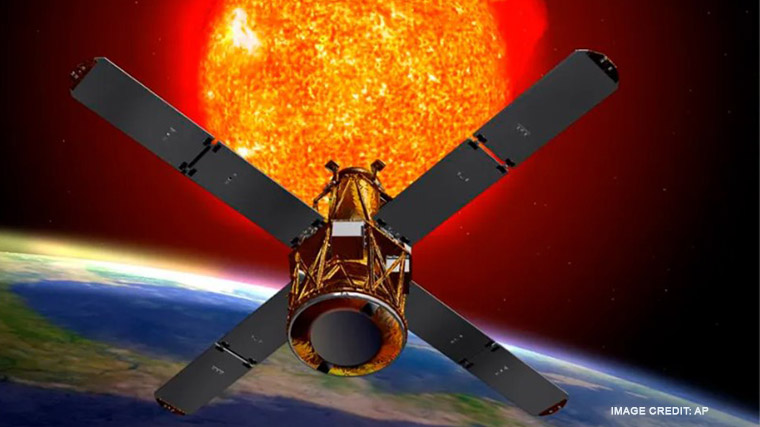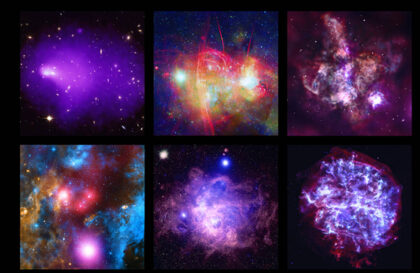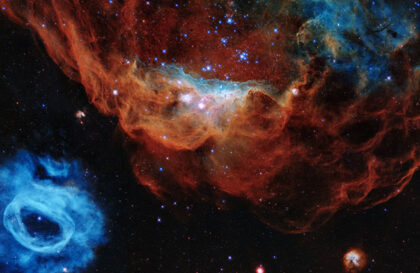Sensitivity, resolution, and wavelength of the Webb telescope
Webb is so sensitive that he can detect the warm signature of a Bumblebee at the distance of the moon and can see details the size of a US 2-cent coin at a distance of about 40 km.
Webb sees the universe in light invisible to human eyes. It is primarily infrared light. He can also see red and gold light. The Webb wavelength range is from 0.6 to 28.5 µm.
The nominal lifetime of the telescope is five years. If you give a bolder assessment, then it is ten years. The supply of coolant limits the service life, which should keep the telescope systems in working order (it is interesting that in cold space something still needs to be cooled instead of heated). It is unlikely that James Webb will be able, like Hubble, to last 29 years.
Where is the telescope located?
The Earth is 150 million kilometers from the Sun, and the Moon revolves around the Earth at a distance of approximately 384,500 km.
The Hubble Space Telescope orbits the Earth at an altitude of ~570 km above the surface.
Webb does not revolve around the Earth – it is located 1.5 million km from the Earth at the Lagrange point L2. The Russian Orbital Observatory Spektr-RG is already found there. Webb is not intended to be served by the space shuttle.
What can the Webb Telescope see?
Webb sees about 39% of the sky at any given time in infrared. Since the telescope must turn away from warm and close objects that might interfere with it, it will not be able to observe the Sun, Mercury, Venus, Earth, or the Moon.
Infrared light has a longer wavelength and can pass through objects in space such as gas and dust that block visible light. Therefore, he can see objects outside the dust clouds.
What will the telescope see?
Jupiter and its moons – icy Ganymede and volcanic Io. This is Webb’s first assignment.
It will fill in the gaps and help create a coherent picture of the universe. Extensive infrared observations will help us see emerging stars and planets. We will finally discover the first galaxies, and this will help to put together the entire cosmological history.
Telescopes are time machines. When we look into space, we see the past because it takes time for light to reach Earth. We will see the Universe when it was extremely young – and this will help to understand how we appeared and how the Universe works. We’ll see how stars formed, and how exoplanets formed, and we’ll even be able to characterize their atmospheres.
Will the telescope be able to detect alien civilizations?
Astrophysicist of the Harvard-Smithsonian Center for Astrophysics Avi Loeb, a famous cosmologist (who called the interstellar asteroid Oumuamua, which flew into the solar system in 2017, an alien spacecraft) believes that the James Webb telescope will be able to see alien civilizations.
The telescope can catch light from aliens from the nearest star to Earth, Proxima Centauri. Scientists are sure that due to the proximity to its star, the planet is constantly facing it on one side, while on the opposite side, it is eternal night. This reinforces the need for artificial lighting on the night side. On the day side, due to the powerful flux of radiation, the existence of an intelligent civilization is unlikely, but on the night side, it is.
Astronomers have shown that, in principle, the new telescope can detect artificial light emitted by a civilization on the dark side of the planet. A civilization can illuminate the night side using mirrors launched into orbit or placed at strategic points on the illuminated side. This can be achieved, for example, by covering the dayside with photovoltaic cells that generate electricity from the local sun. Significant coverage of the dayside by solar arrays could be detected with future telescopes based on the spectral edge they exhibit in their starlight reflectivity.
Proxima Centauri b has already been a source of alien life since its publication in the Guardian newspaper. It was said that the “beckoning” and “intriguing” signal from Proxima Centauri was recorded by the PARKS radio telescope in Australia. In reality, it was interference from the microwave in the kitchen for the staff of the radio telescope.
Image credit:
https://www.universetoday.com
https://blogs.nasa.gov
